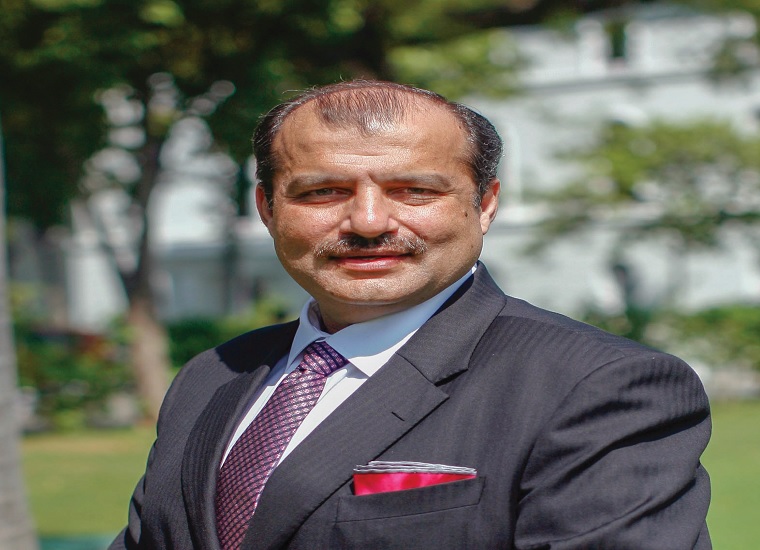Creating a holistic environment and support system to enable seniors optimize opportunities

Senior citizens in India are facing a unique situation that can best be described as a Hobson’s choice.
On the one hand, greater awareness of physical and mental health, a nutritious diet, access to health care is leading to an increase in the life expectancy of Indians while on the other hand, the years added on to one’s life are during a period when income has become static and expenses on account of health care are at their highest.
Healthcare inflation for the past many years has been trending at double the rate of the average retail inflation. Given bank deposit interest rates barely cover for real inflation, one is not sure whether to rejoice or lament the longer lifespan.
It is for this reason that all of us and especially senior citizens need to adopt a lifestyle that keeps them healthier and fitter for longer. Thanks to increased scientific knowledge and professionally designed wellness and wellbeing programmes being followed in senior living communities, it is no longer an unrealistic aspiration to be fitter at 80 than one was at 70 years of age.
The pandemic, which forced us all into physical separation has only worked to highlight the advantages to residents of a professionally managed senior living community.
The CII report of 2018 estimated a demand of over 200,000 homes against which there were a mere 20,000 homes under various stages of development. Given the long gestation period (36 – 48 months) of new projects and the fact that India adds almost 4 million senior citizens to its population every year, the supply demand gap is only going to increase in the short to medium term.
The government needs to encourage and incentivise the insurance, banking, healthcare and real estate sectors to address the real needs of our senior citizens.
Bank interest rates that are pegged to the consumer price index are wholly inadequate to provide the cover required by senior citizens. This is especially true because income tax, indirect taxation and healthcare inflation conspire to make the individual poorer with every passing year.
Furthermore, senior citizens staying on their own have to depend on various individuals in the unorganised sector for their daily chores. Housekeeping, gardening, security, driver, cook and other individuals are all paid in cash while no additional taxes are borne by the payee.
When the same individual moves into a senior living community, all these service personnel become a part of the organised sector and benefit from social safety nets such as Provident Fund, Employee State Insurance etc. While this is to the benefit of the employee, the resident has to pay 18% Goods and Services Tax which increases the outflow for them.
Insurance schemes need to be designed to address the co-morbidities and pre-existing conditions that are naturally present with advancing years. The banking sector needs to develop a robust reverse mortgage scheme that allows seniors to take advantage of the asset that they have created during their lifetime.
In essence, we need to recognise that a demographic that will soon be a fifth of the population needs and deserves an ecosystem that is designed to look after their every need. This is the least that we can do for a cohort that has spent their entire life in fulfilling their responsibilities – to their children, their parents, to society and the nation.
